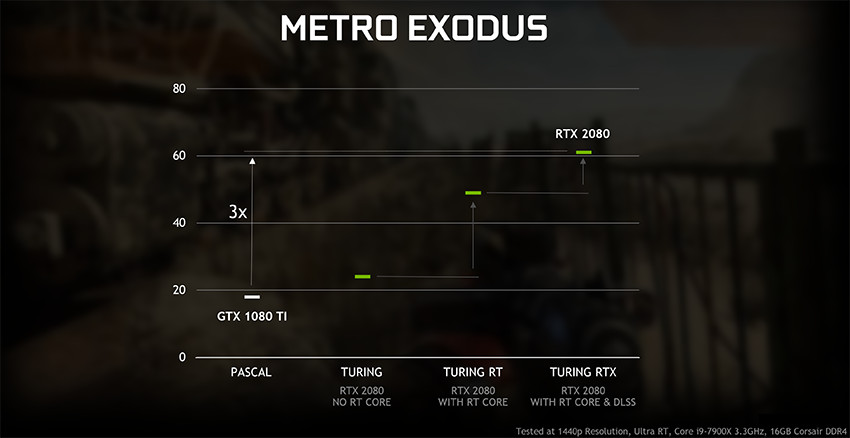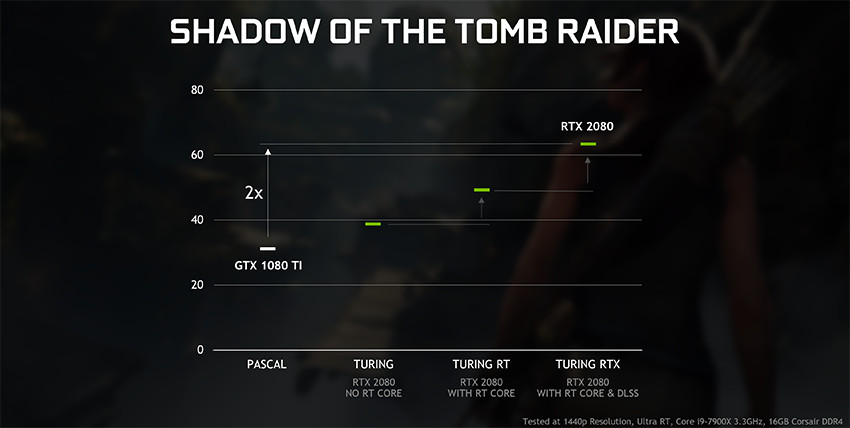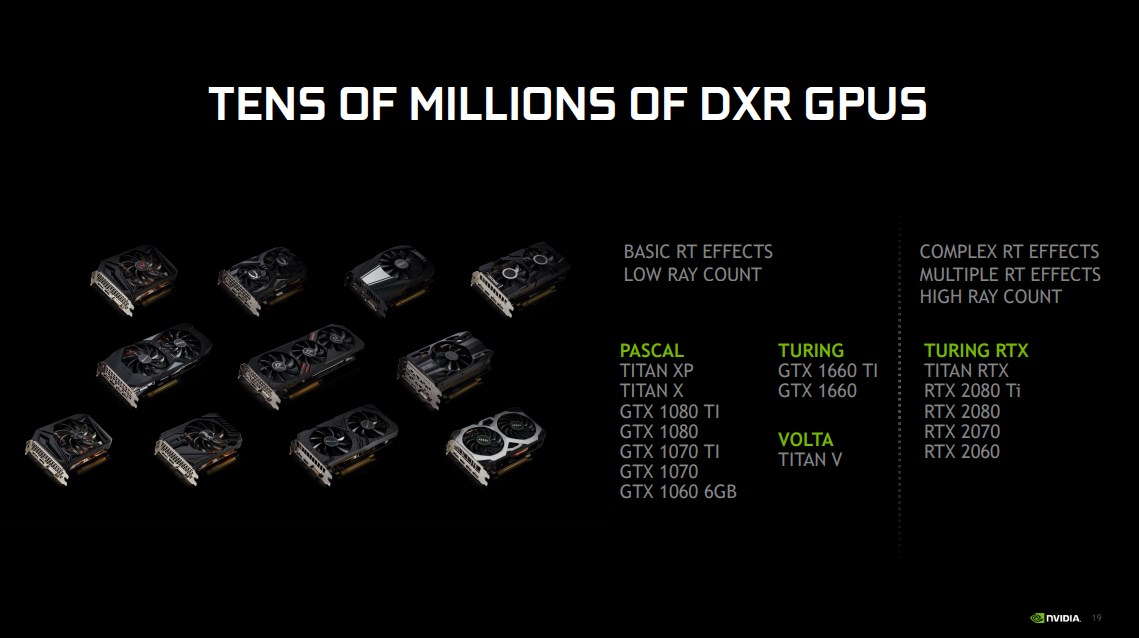This will be done through a Game Ready Driver update that the company is working to release this coming April which will add DirectX Raytracing (DXR) support for GTX cards. In general, the update would enable ray tracing calculation to be performed by shader cores.
Given the differences between RTX and GTX cards, this means the ray tracing experience on them will not be equal though. This is mainly due to the fact the Turing-based GPU on RTX cards is equipped with dedicated processing cores for ray tracing called RT Core which lifts out the calculation load for ray tracing from the shader cores. Here are the said performance differences, according to NVIDIA:
If those numbers look confusing, NVIDIA has also summed everything up in this rather handy categorization:
Given the performance differences, one might wonder why NVIDIA actually bother bringing DXR support to GTX cards. Well, the company didn’t specify any reason for that but we suppose that the implementation would happen anyway, now that Unreal Engine 4 and Unity which are two of the most popular game engine in the world have just announced their support for ray tracing. (Source: NVIDIA.)




